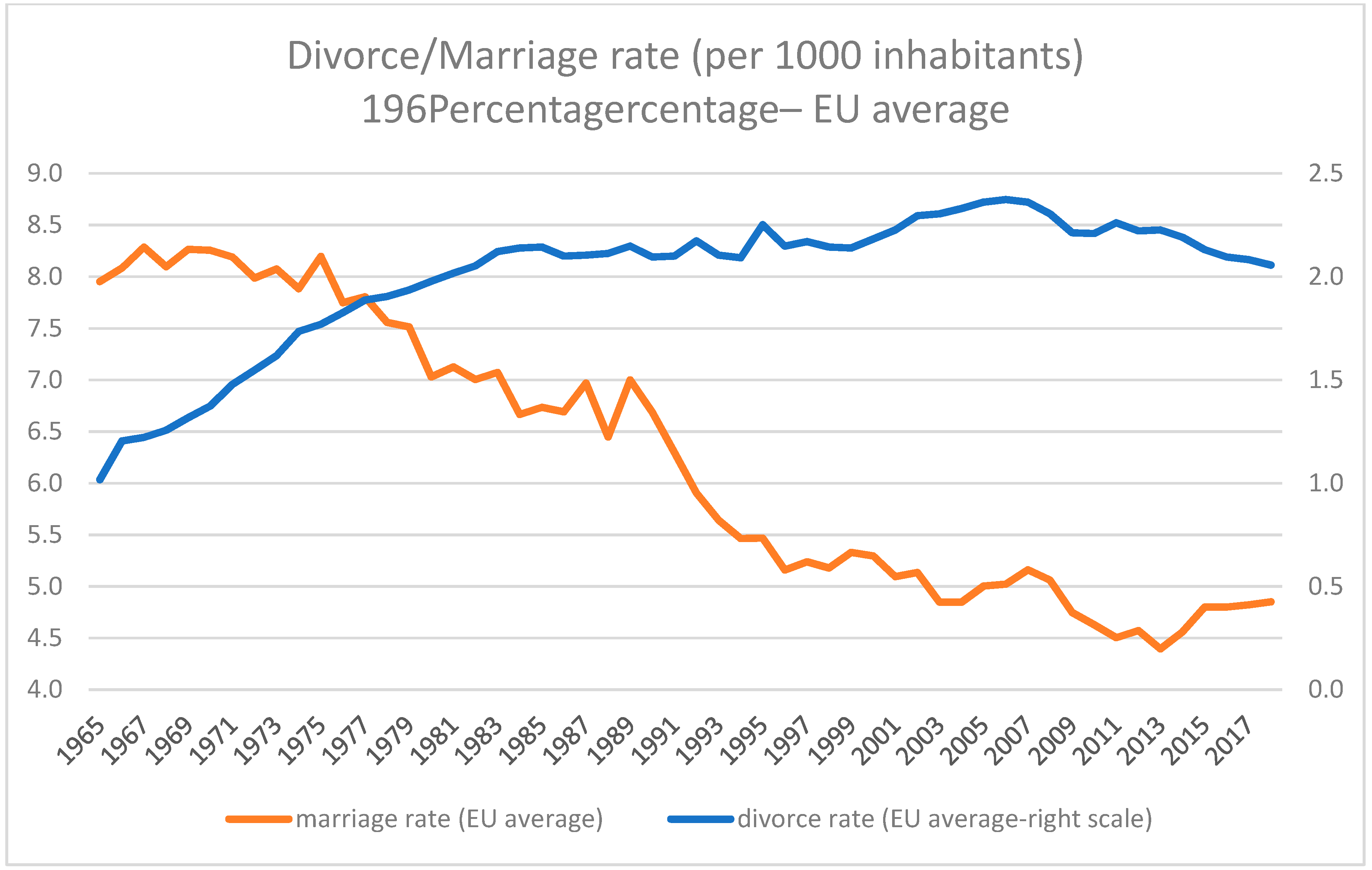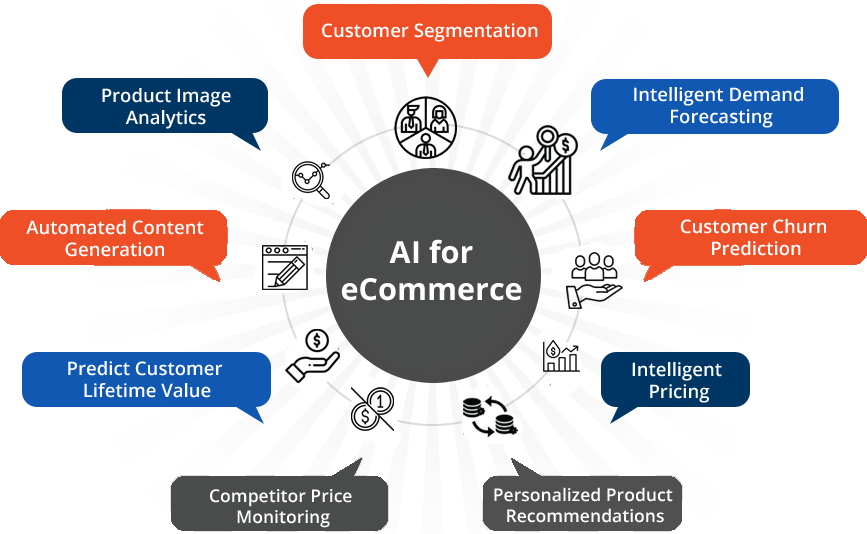
Future Trends in Global Consumer Economies
25 June, 2024
By 2035, global macro forces and deep societal changes will unearth rich opportunities and pose new challenges for consumer-facing businesses. Executive teams have long struggled to predict the longevity of consumer behavior shifts, from dietary fads to technological adoption. While some trends have proven transient, understanding the longer-term evolution of consumption requires a comprehensive picture beyond current spending patterns. This article explores the future consumer economies identified by Bain’s Consumer Lab, incorporating macro-level forecasts and holistic analyses to offer a roadmap for businesses preparing for the next decade.
Mobility and Consumption Shifts
By 2035, the dynamics of mobility will drastically reshape consumption. Driven by climate change, economic pressures, and political instability, people will increasingly move across continents, countries, and neighborhoods. These movements will alter where and how consumption occurs, necessitating the redesign of distribution networks and store formats. For instance, cities like Lagos and Dhaka are expected to see significant population influxes, necessitating new commercial infrastructures.
Socioeconomic Implications
The coexistence of extreme poverty and wealth will require tiered offerings to cater to diverse economic backgrounds. A practical example is the rise of "smart cities" that blend technology with urban living, where local businesses can leverage data to optimize services and products for varying consumer segments.
| Region | Population Influx (%) | Major Drivers |
|---|---|---|
| Sub-Saharan Africa | 15% | Climate change, Urbanization |
| South Asia | 12% | Economic opportunities |
| North America | 8% | Political instability |
Evolving Family Structures
Traditional nuclear families are giving way to diverse family models, including single-person households, single-parent families, blended families, and multigenerational families. Businesses must innovate to cater to these varied formations, offering products and services that address their unique needs.
Commercial Opportunities
The rise of single-person households, the fastest-growing household type globally, presents opportunities for single-serve products and compact living solutions. Companies like IKEA are already exploring modular furniture that adapts to smaller living spaces, reflecting this shift.

Aging Population Dynamics
The global population aged 60 and over is projected to double to more than 2 billion by 2050. This segment will split into those who remain active and those needing significant support. Products and services must evolve to cater to both groups, from travel and leisure for the active elderly to healthcare and caregiving for those requiring assistance.
Economic Impact
The elderly will not only consume but also seek renewed purposes, such as upskilling for new careers. Educational platforms like Coursera and edX can capitalize on this trend by offering courses tailored to senior citizens.
| Year | Population (60+) | Active Seniors (%) | Dependent Seniors (%) | Market Size (Trillion $) |
|---|---|---|---|---|
| 2025 | 1.2 Billion | 55% | 45% | 5.6 |
| 2035 | 2.0 Billion | 60% | 40% | 9.3 |
Sustainable Consumption Trends
With increasing eco-awareness, consumers are prioritizing sustainability. About 60% of people in fast-growing economies express concern about environmental sustainability. Businesses must adapt by promoting localized, sustainable consumption models, such as communal vegetable gardens and platforms for renting, repairing, and recycling.
New Business Models
Companies like Patagonia and The RealReal exemplify this shift, embracing circular economy principles and encouraging consumers to recycle and reuse products, thus reducing overall consumption.
The Rise of Automation and AI
With nearly half of Americans willing to automate chores and mundane tasks, the adoption of AI-driven autonomous agents will surge. These technologies will free up time for more fulfilling activities, fostering a human-technology partnership.
Market Potential
Amazon's Alexa and Google's Assistant are pioneering this space, automating tasks from shopping to home management. The potential market for such technologies is immense, promising significant growth in the coming years.
| Year | Adoption Rate (%) | Major Applications |
|---|---|---|
| 2025 | 30% | Home management |
| 2030 | 50% | Healthcare, Shopping |
| 2035 | 70% | Comprehensive AI Use |
Emergence of Consumer-Entrepreneurs
Advancements in digital tools and AI empower consumers to become their own enterprises. This trend will redefine traditional value chains as consumers become competitors, distributors, and service providers. Platforms like Etsy and Shopify enable individuals to monetize their creativity and entrepreneurial spirit.
Economic Shifts
Companies must adapt by integrating consumer-originators into their value chains, supporting their entrepreneurial endeavors and fostering collaborative growth.

Social Connectivity
Despite technological connectivity, societal isolation is rising. Loneliness affects all age groups, exacerbated by remote work and declining social rituals. Businesses and governments must address this by creating products and services that foster genuine social connections.

Companies like WeWork and Meetup facilitate social interactions through shared workspaces and interest-based groups, addressing the growing need for emotional support.
| Age Group | Affected (%) | Major Causes |
|---|---|---|
| 18-29 | 40% | Remote work, Social media |
| 30-59 | 35% | Work stress, Family dynamics |
| 60+ | 50% | Health issues, Isolation |
Conclusion
Envisioning the Future Consumer Landscape
As we stand on the threshold of 2035, the consumer economies of the future promise a landscape reshaped by profound societal shifts and technological advancements. From the mobility-driven rerouted economy to the evolving family structures in the redefined family economy, each trend offers not just challenges but unprecedented opportunities for innovation and growth.
Looking ahead, the global population's aging trajectory in the 2 billion shades of gray economy presents dual challenges of catering to active seniors while supporting those needing assistance. Meanwhile, the conscious and slow economy urges businesses to adopt sustainable practices amidst rising environmental awareness.
Yet, amidst these transformations, the emotional support economy reminds us of the human need for connection and community. As technology shapes our interactions, addressing social isolation becomes not just a business imperative but a societal responsibility.
In conclusion, as consumer-facing businesses navigate these diverse landscapes, foresight and adaptability will be paramount. The convergence of these economies presents an unprecedented opportunity to shape a future where economic prosperity is intertwined with social well-being and environmental sustainability. By embracing these shifts, businesses can not only thrive but also lead in creating a more inclusive and resilient global economy by 2035 and beyond.